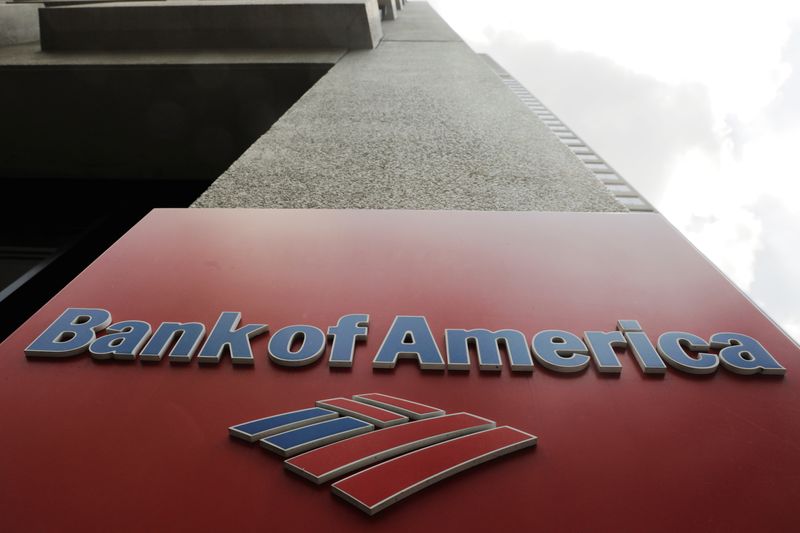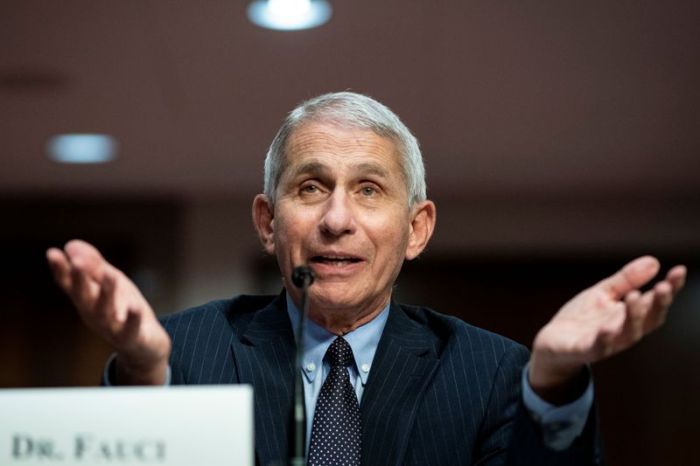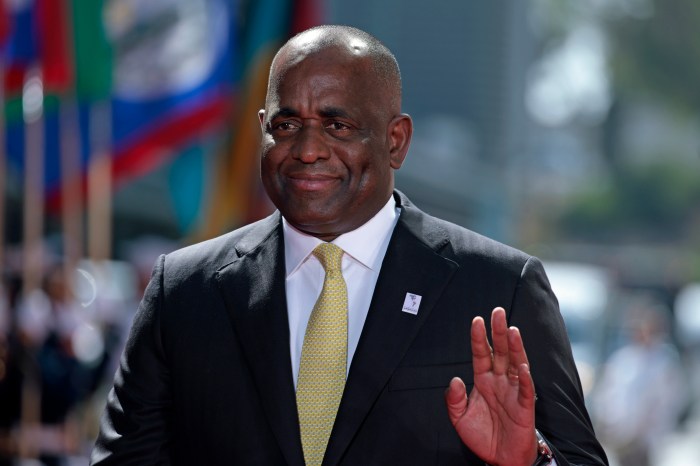(Reuters) – Bank of America Corp <BAC.N> saw its profit more than halve in the second quarter as it set aside $5 billion to cover potential loan losses, while warning that it would struggle as long as interest rates stayed low.
The Charlotte, North Carolina-based lender is especially vulnerable to rate movements because of the composition of its balance sheet and at least one analyst expressed concern about its net interest income, down 11%.
Shares in the bank fell about 4% in response to the results.
“When both long term and short term interest rates are at their historical lows as they are today. That spread is lower, and we make less money,” Chief Financial Officer Paul Donofrio said.
The fall in revenue and profit was broadly in line with other Main Street peers that have suffered from the need to brace for a deep recession, while profiting from the surge in financial market trading since February.
“Strong capital markets results provided an important counterbalance to the COVID-19-related impacts on our Consumer business,” Chief Executive Officer Brian Moynihan said.
The bank allocated a much lower dollar amount for reserves this quarter than some of its peers earlier in the week, in part due to it having set aside more in the previous quarter.
Its provision expense rose just 7% in the second quarter, compared with a 26% increase at JPMorgan Chase & Co <JPM.N>, a 12% jump at Citigroup Inc <C.N> and a 138% jump at Wells Fargo <WFC.N>.
It also reported a 9% fall in pre-provision income, pointing to the pressure on its business model from the interest rate environment, even if it did not have to prepare for potential loan losses.
Donofrio, however, added that the bank was seeing early signs of “cautious optimism” in the economy, with loan applications showing signs of life.
WEAK SHOWING
Net income applicable to common shareholders fell to $3.28 billion, or 37 cents per share, for the quarter to end of June, topping analysts’ expectations of 26 cents per share.
Higher non-interest income, mainly in global markets and banking unit, drove the beat but was offset by lower net interest income (NII) and loan loss provisions, UBS analyst Saul Martinez said.
NII, a key measure of how much banks can make from their lending activities, has been pressured by the pandemic as the U.S. Federal Reserve slashed interest rates to near-zero levels.
Net income for the bank’s global markets unit rose 81% to $1.9 billion but revenue gains of 50% in fixed income, currencies and commodities (FICC) and 7% in equities trading failed to match those reported by some of its rivals.
Overall revenue, net of interest expense, fell 3% to $22.3 billion, while consumer banking net income dropped to $71 million from $3.29 billion a year earlier, and that for global wealth and investment management by more than 40%.
Wall Street peer Morgan Stanley <MS.N> on Thursday posted a better-than-expected surge in profit, driven by strong trading gains.
(Reporting by Noor Zainab Hussain in Bengaluru and Imani Moise in New York; Editing by Lauren Tara LaCapra, Anirban Sen and Anil D’Silva)


























